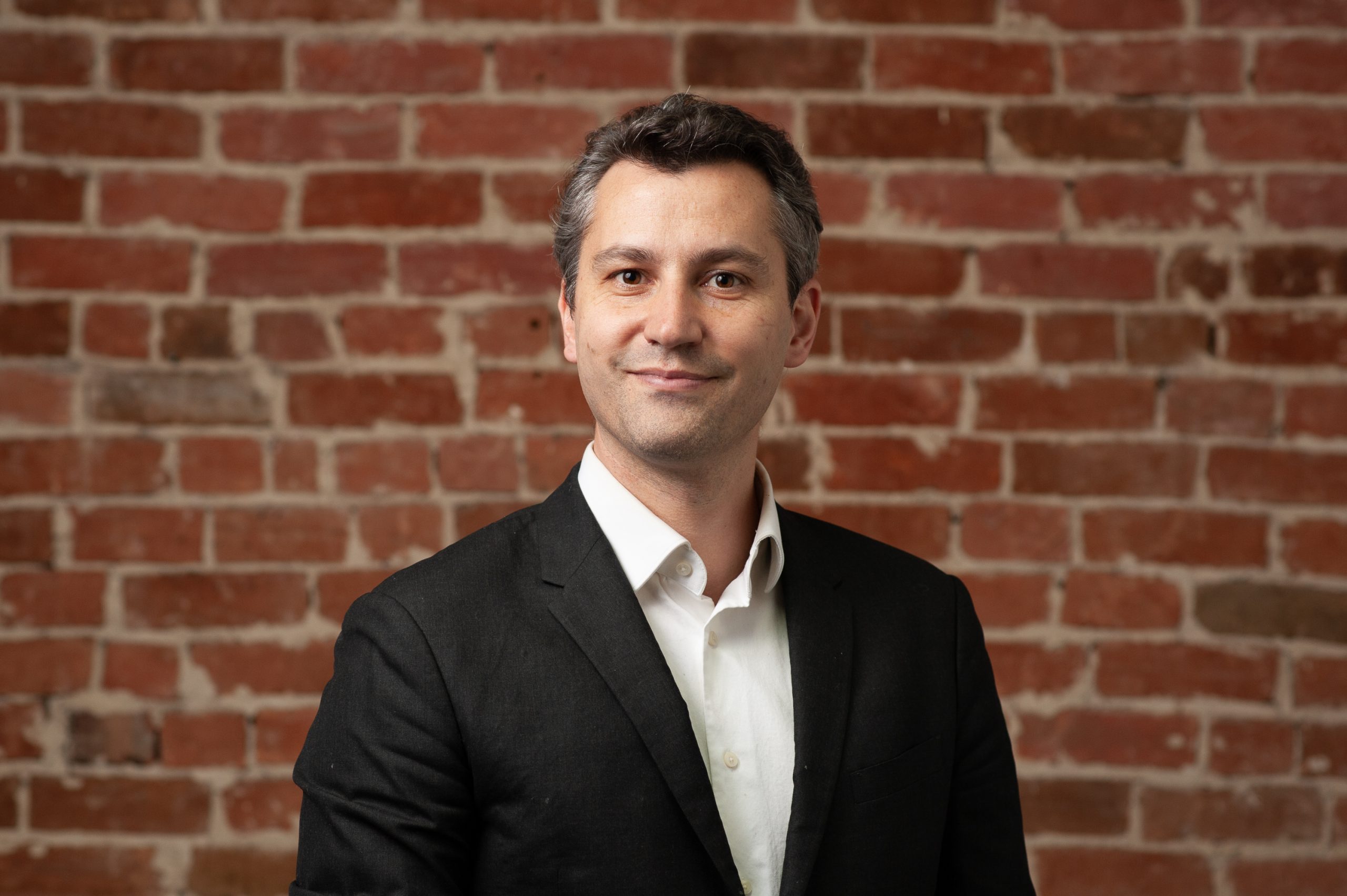Q&A: Trottier Foundation head on why they're hiring an inside shareholder engagement director to battle climate change
Why It Matters
A shareholder engagement director works with companies on behalf of institutional investors like foundations. Their job is to engage with management and boards to convince businesses to clean up their act. This helps protect investments from climate risk and helps ensure they have a positive impact.

In a precedent-setting move, a Canadian foundation is adding an in-house climate shareholder engagement director to its team.
On April 23, The Trottier Family Foundation and its Family Office, Eclipx, posted a job offer for a Shareholder Engagement Director on LinkedIn.
The candidate will report to senior management and “be instrumental in advancing climate investing goals through targeted shareholder engagement strategies,” according to the ad.
The Trottier Family Foundation supports projects that “promote innovative scientific discovery, mitigate climate change and protect the environment, enhance education, improve patient and health care, and provide assistance to select community and international initiatives.”
We spoke to their CEO, Eric St. Pierre, about the new position and why others should consider doing the same thing.
Questions and answers have been edited for clarity.
Q: Why is the Trottier Foundation and Family Office hiring a Shareholder Engagement Director?
A: We are already members of Shareholder Engagement networks like SHARE, Climate Engagement Canada, and Investors For Paris Compliance. These organizations help institutional investors steward their assets in ways that contribute to positive social and environmental outcomes, primarily through group action.
Hiring a Shareholder Engagement Director is the next step in our climate engagement space. The Foundation’s size has increased significantly. We have over $600 million in assets; when adding our family’s office assets, we can go deep on shareholder engagement.
I’ve done it ad hoc. For example, in 2023, I engaged with Scotiabank. We asked the bank to report to shareholders on its plans to establish and evaluate the effectiveness of its clients’ net zero plans in relation to the bank’s 2030 emission reduction and net zero goals.
Developing this proposition for the General Assembly was time-consuming, even if we worked with SHARE. So we decided it was time to have an internal resource who could devote the appropriate amount of time to proper research and really spend time with companies.
Q: How will this new hire “beef up” your Foundation’s action?
A: It is another tool in our toolbox. For example, we support Senator Rosa Galvez’s Climate Aligned Finance Act, introduced in 2022, and other organizations working in the climate finance sector. A Shareholder Engagement Director will allow us to promote climate finance policy wearing our bank client hat. They will sit with senior bank executives to express dissatisfaction with where the bank is on financed emissions or some other lending policy.
One action will enhance the other, just like the decarbonization of the steel sector. Suppose we are working on a campaign for the steel industry. We might have a specific company in mind we want to engage with to help accelerate the campaign.

Q: Shareholder Engagement is a delicate balancing act. You need to know when to collaborate when to push, when to demand, and when to divest. What kind of candidate are you looking for?
A: Obviously, we need someone who will be invited to return to the table after the first meeting with CEOs. Someone who is diplomatic but comes to the discussion with solid instructions of what we are looking for. Like a lawyer saying, “Here’s what I am trying to get for my client,” respectfully and professionally. Personality is key. We want good and productive relationships.
But we have strong links to environmental charities, academics, and government. So, we could tell a company, “We are unhappy with how the engagement is going, and we plan a communication campaign.” That is what I mean by aligning our strategy: shareholder engagement can add weight to our campaigns and vice versa.
Q: Could we consider this new hire like a pilot project?
A: Well, I did not think of it this way. It is a full-time position. But, yes, a pilot project could be one way of looking at it. It will be interesting to share what we have learned in 12 to 24 months.
Q: What might go wrong?
A: We must be mindful not to step on toes when selecting the companies we engage with. The banking sector, for example, is very saturated. We must be careful not to be just an additional voice layering on top of other voices.
Q: How will you prevent it?
A: When choosing the companies we engage with, we will ensure agreement or avoid disagreement with the rest of the Canadian shareholder engagement ecosystem. We need to ensure that nobody else spends the same amount of time and energy on these businesses. That implies stronger coordination in the sector. Maybe it could be one value added from our future Shareholder Engagement Director.
Q: What companies will your action target?
A: We will develop our shareholder engagement strategy with our new director. However, the 40 companies Climate Engagement Canada engages with are big businesses.
A lot of medium-size companies are not necessarily on the radar. They could benefit from having climate conversations. My guess is that they are willing to move forward, but they just don’t get as much attention. So, our direct engagement could be beneficial.
Q: What kind of impact are you looking for?
A: We do have a theory of change for our shareholder engagement. We’re waiting for our new hire to co-create it. However, we exist to transform systems. So, our engagement will hopefully lead to practical, concrete change. For example, our conversations with Scotiabank led to them leaving the Canadian Association of Petroleum Producers.
And now we are conversing with another bank considering its role in funding clients that finance lobbying against climate policy. We will not get that bank to divest, but stopping its financing to lobby against climate policy is an impactful change.
Q: Is The Trottier Foundation turning into an activist organization?
A: We do mobilize our assets for impact. However, for now, we are perceived more as an impact institutional investor than an activist. We’ll see in a year or two if that perception evolved.
Maybe I could make an analogy with the “Reenergize ExxonMobil” campaign from Engine No.1. This alternative investment firm deploys its capital for electrification, deglobalization and technological innovation. Since December 2020, Engine No.1 has engaged with ExxonMobil to elect new independent directors with outside energy experience, deploy long-term capital allocation discipline, and implement a strategic plan for sustainable value-creation in a decarbonized world.”
Well, they did get three independent directors elected, adding diversified energy experience to the Board. The company also invested in low-carbon solutions and announced carbon-emission targets.
Q: When will the name of your Shareholder Engagement Director be announced?
A: The deadline for application is mid-June. Considering the narrow expertise required, we do not expect more than 10 or 12 candidates to apply. When our choice is made, the candidate will start immediately.
